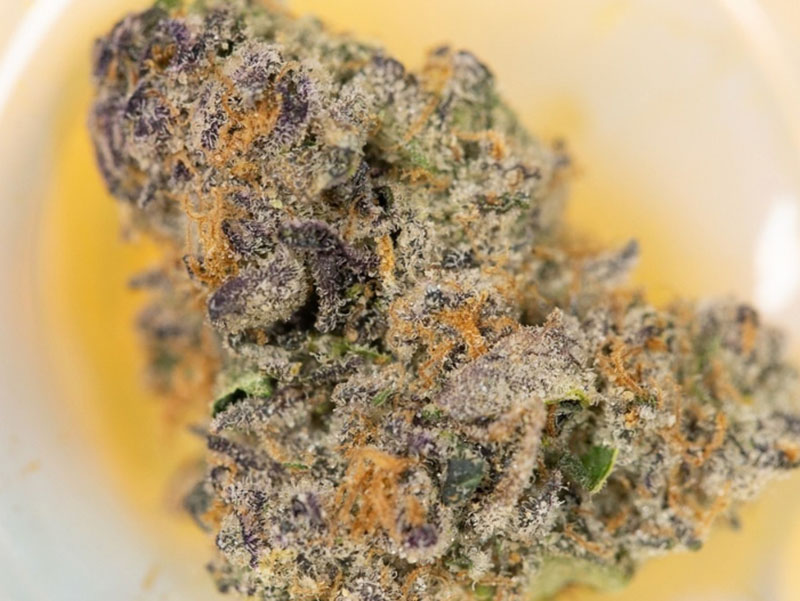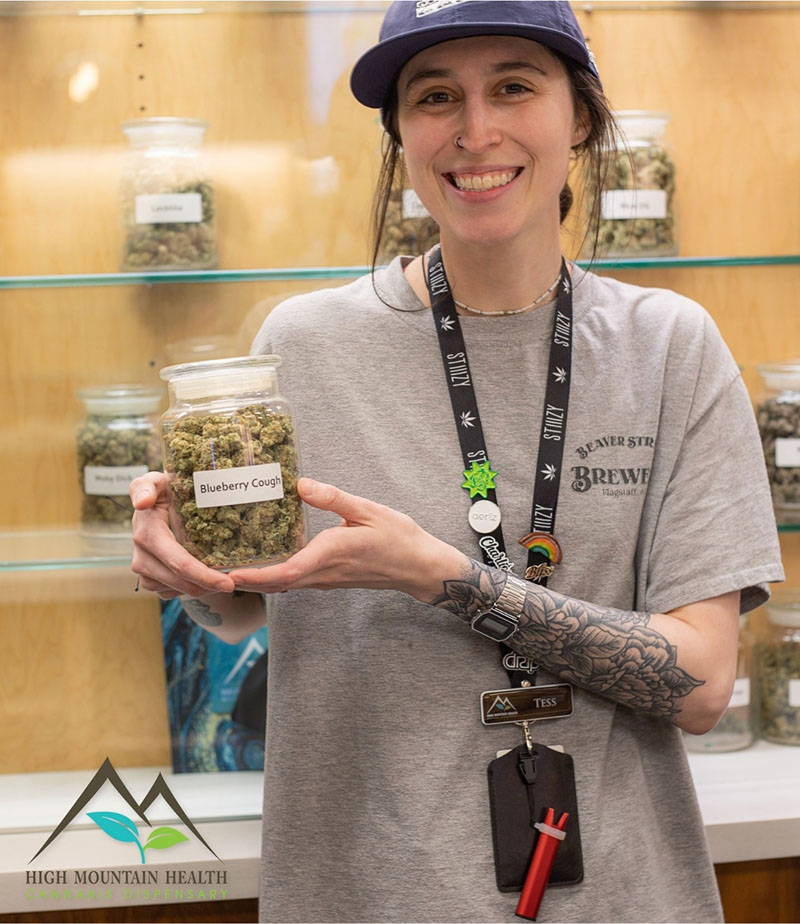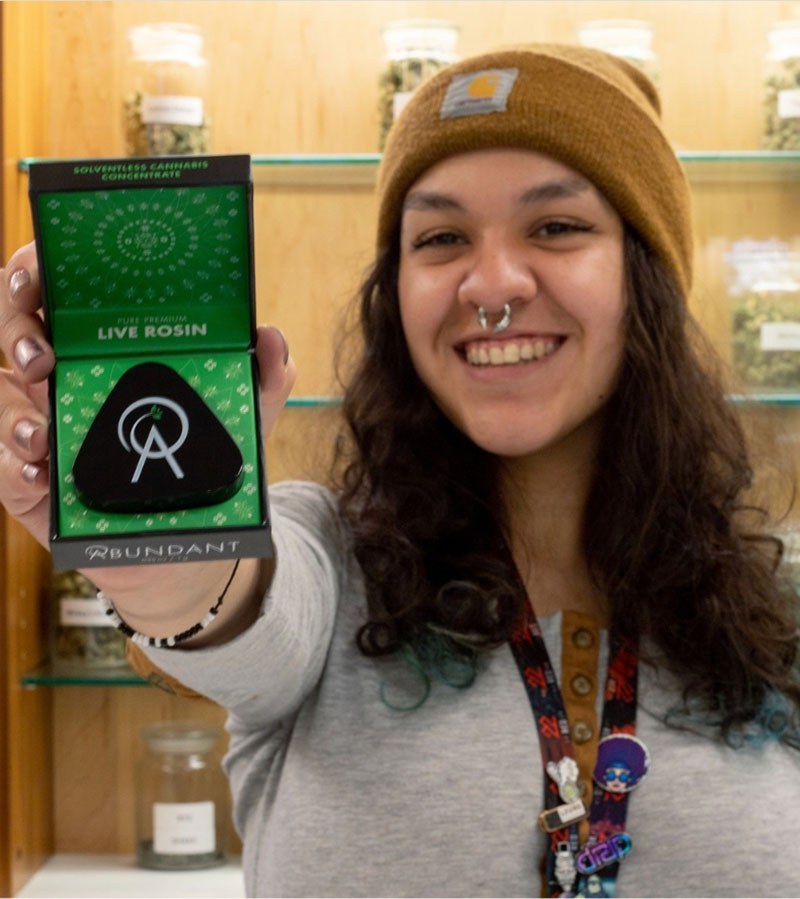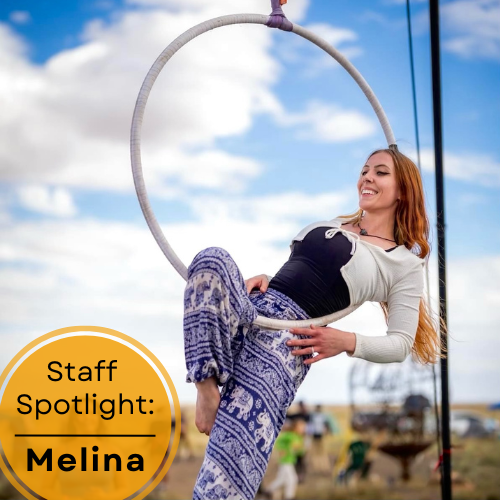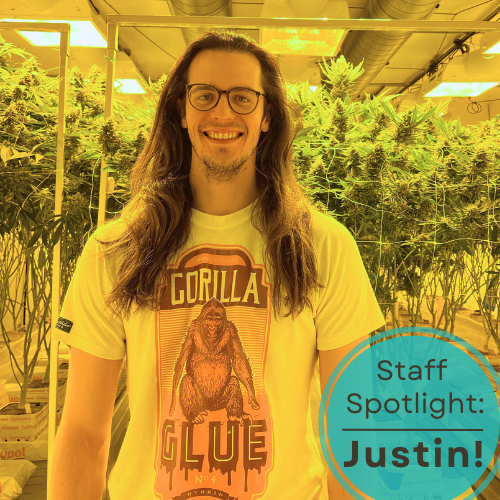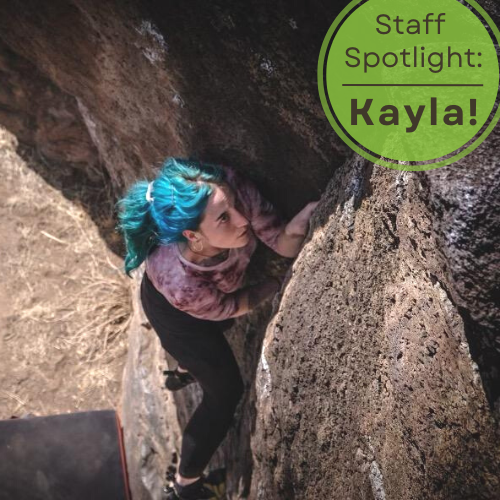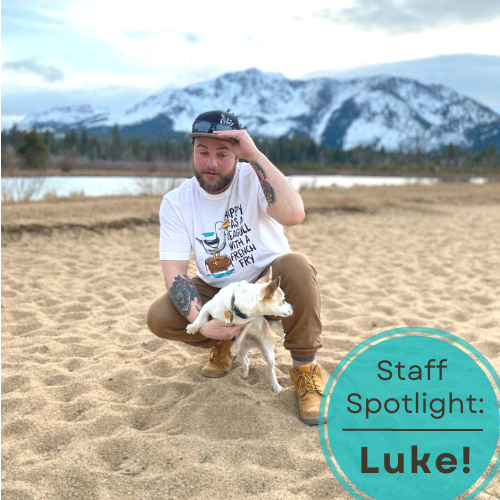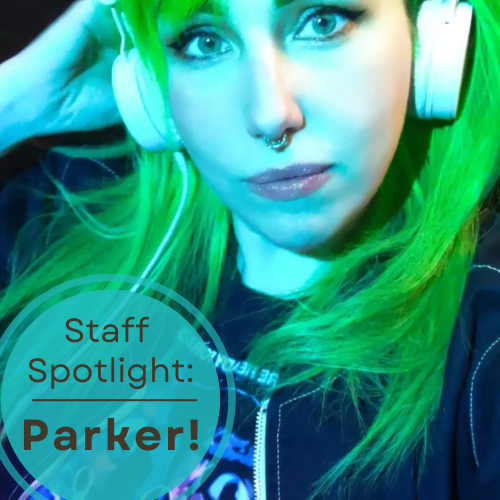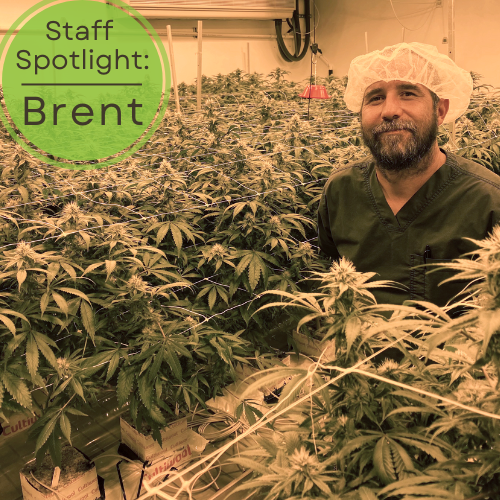In August, the opioid epidemic was declared a "national emergency" by President Trump. His administration's commission on opioids, led by New Jersey governor Chris Christie, called for increased access to addiction treatment centers and to Naxalone, the drug that can reverse an overdose. Trump's decision follows that of many state officials', including Arizona governor Doug Ducey, who signed an emergency declaration in June, after reports indicated two Arizonans died per day due to overdose. These political steps, which will allocate more funds to data, funding, and training to prevent more deaths, reflect the urgency of an incomparable health crisis our nation is currently grappling with. Deaths from drug overdoses have skyrocketed in recent years; since 1999, the number of deaths has quadrupled. In 2016 alone, 64,000 people died from overdosing and today it is the leading cause of death for Americans under the age of 50, even outweighing casualties from car accidents. This health crisis has likely affected you or someone you know -- one in 50 deaths are drug-related.
So what is an opioid? Opioids, according to the Centers for Disease Control and Prevention, is an umbrella term to describe any prescription opioid—commonly, OxyContin, Vicodin, morphine, and methadone—which are prescribed by a doctor to treat moderate to severe pain. Opioids are very effective for treating pain, working directly with opiate receptors in our brains, but this also makes them extremely addictive. They also elicit a sense of well-being, but over time, individuals may develop a tolerance, eventually seeking more intense effects through unprescribed routes. Heroin is an illegal opioid. Fentanyl is another opioid painkiller which is reserved for severe pain, but it is also distributed illegally. Fentanyl is 50 times as powerful as heroin and extremely hard to dose. Drug seizures involving fentanyl began to rise in 2014 as it began flooding the black market. It has undoubtedly contributed to the rise in overdoses due to its potent and dangerous nature. It is important to note that opioid abuse has increased across the U.S., for both men and women, and across income levels.

Drug-related death statistics in 2015 visualized, according to the New York Times. Coconino County falls between 18-21 deaths per 100,000 people. This number has presumably risen, along with the number of deaths across the country.
Many people began using prescribed opioids to manage the pain from an injury, and then eventually became addicted. There are patients who never develop an addiction, but the number of those who do is staggering. According to a report published in 2014, the number of opioids prescribed in the last 25 years has increased exponentially. The United States is the largest consumer of Vicodin globally. This has resulted in an increased availability of these drugs and has, in turn, resulted in an increasing number of drug abusers and overdose deaths.
Joe Schrank, a social worker and activist based in Los Angeles, believes that cannabis may help curb the devastation wrought by the opioid epidemic. Six years ago, he lost a close friend to an overdose. In an interview with The Guardian earlier this year, Schrank commented on how cannabis might have represented a safer alternative for his friend.
"He tried the abstinence route and it never really took root," says Schrank in the interview. "I felt like rehab had failed him. It failed his family. It failed me. I kept thinking he could be smoking pot instead of dead. And that’s a big difference.”
Despite cannabis being listed as a Schedule I drug (yes, up there with heroin), by the federal government, cannabis is decidedly a much safer substance. Even in the 396-page review of cannabis' safety by the National Academy of Science, there isn't a single mention of a death due to cannabis. For people like Schrank, there is an opportunity to use cannabis as a healthier, safe alternative to addictive painkillers. Schrank has worked closely with physicians and the Drug Policy Alliance to discover ways cannabis may be used effectively in a drug addiction treatment facility. In 2017, he opened his own rehabilitation center with cannabis at the core of recovery: High Sobriety in the Culver City neighborhood of L.A. Patients admitted to the facility, which can house up to 24 people in recovery, are given a regimen of cannabis and therapy. Cannabis is able to help manage the severe pain, nausea, and stress the body experiences during the withdrawals associated with opioid addiction.
In some cases, cannabis may be a more effective option for those seeking pain relief. According to a 2016 study which surveyed 244 medical cannabis patients in Michigan, medical cannabis use was associated with an overall 64 percent decrease in opioid use and a 45 percent improvement in the quality of life. Even more revealing are statistics comparing the number of deaths in states where medical cannabis has been legalized, versus where it has not. An American Medical Association study examining numbers of deaths between 1999 and 2010 found the numbers of overdose-related deaths in states where medical cannabis was available were much lower than states where medical cannabis was unavailable.
Our nation is in the midst of a devastating crisis and the situation will continue to decline if pain continues to be treated by prescribing opiates. These are incredibly addictive and dangerous substances—finding an alternative method for treating chronic pain is of utmost importance. Cannabis exists as a safer alternative to opiates. For thousands of years, cannabis has been utilized to mitigate pain and other conditions, without any recorded deaths as a result. People like Joe Schrank has seen how opioids are able to claim the lives of our closest loved ones, but also the incredible benefits of cannabis-based therapy. It is time cannabis is recognized as an incredible alternative to opioids and an effective means by which to treat pain.


